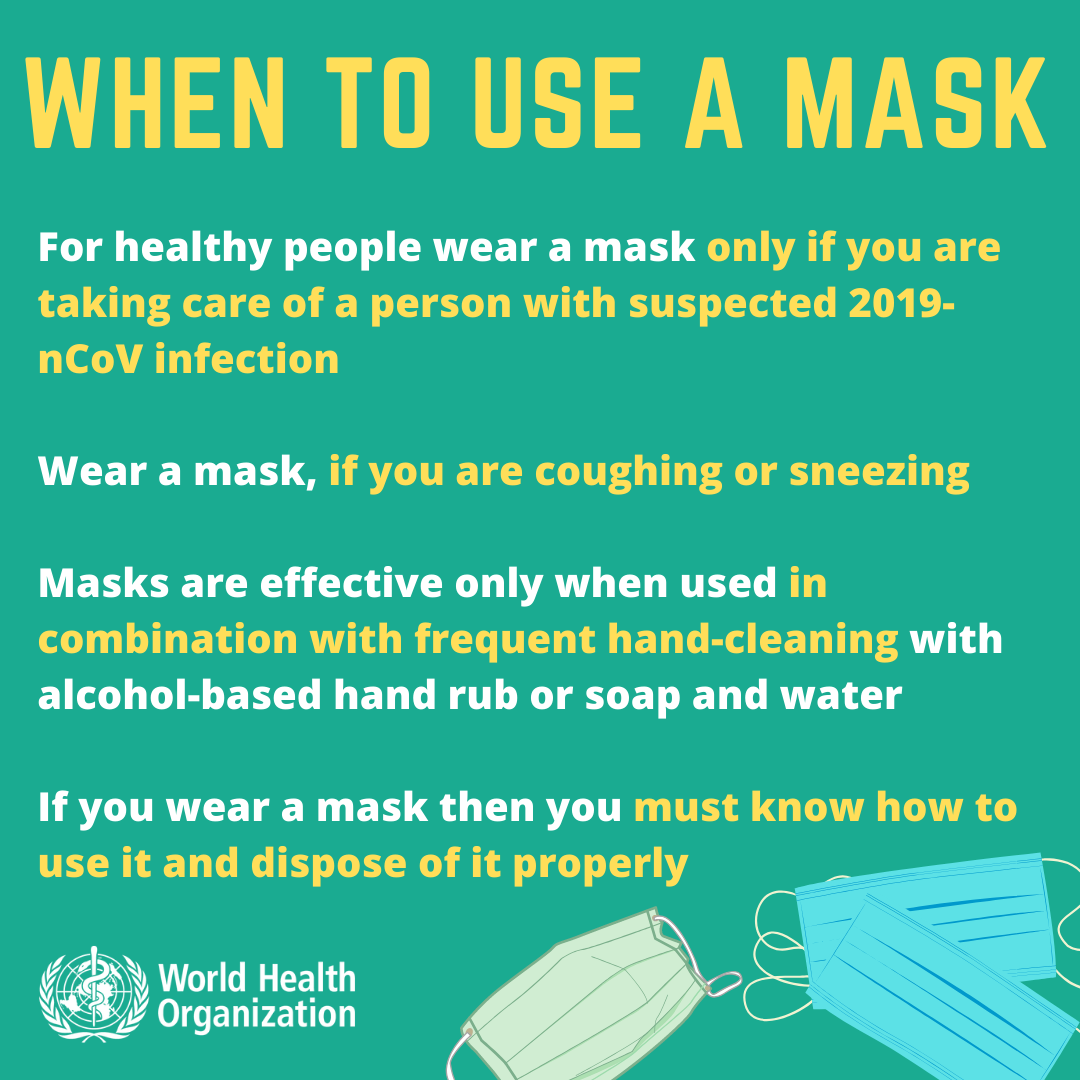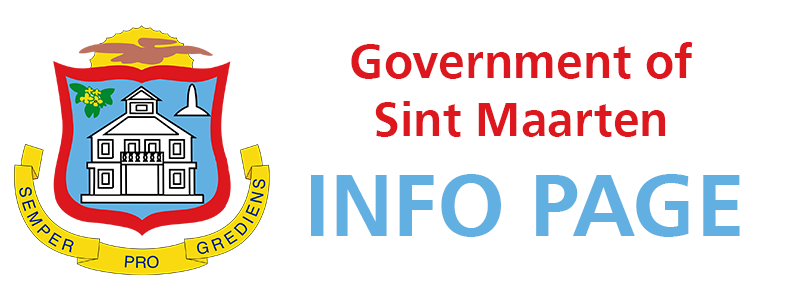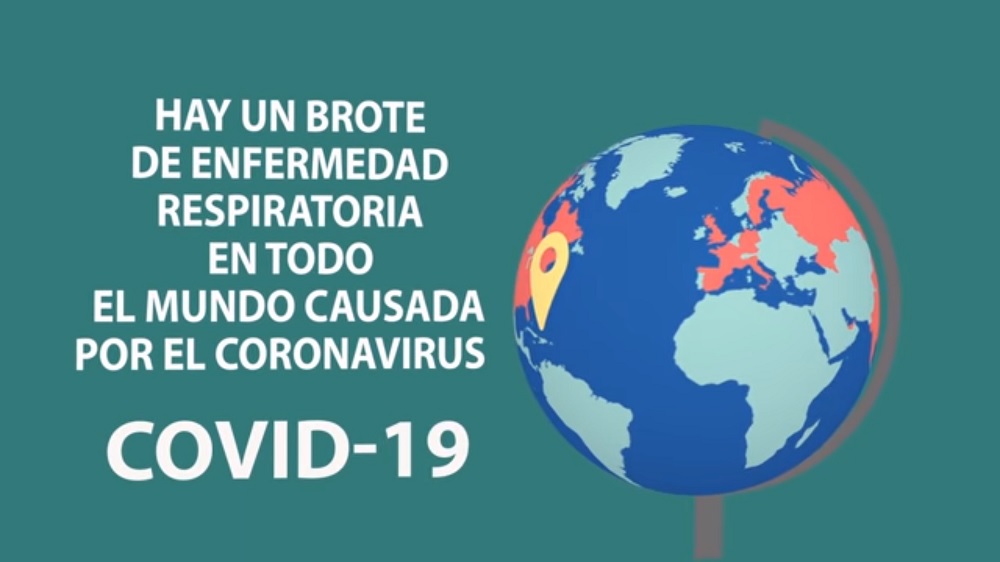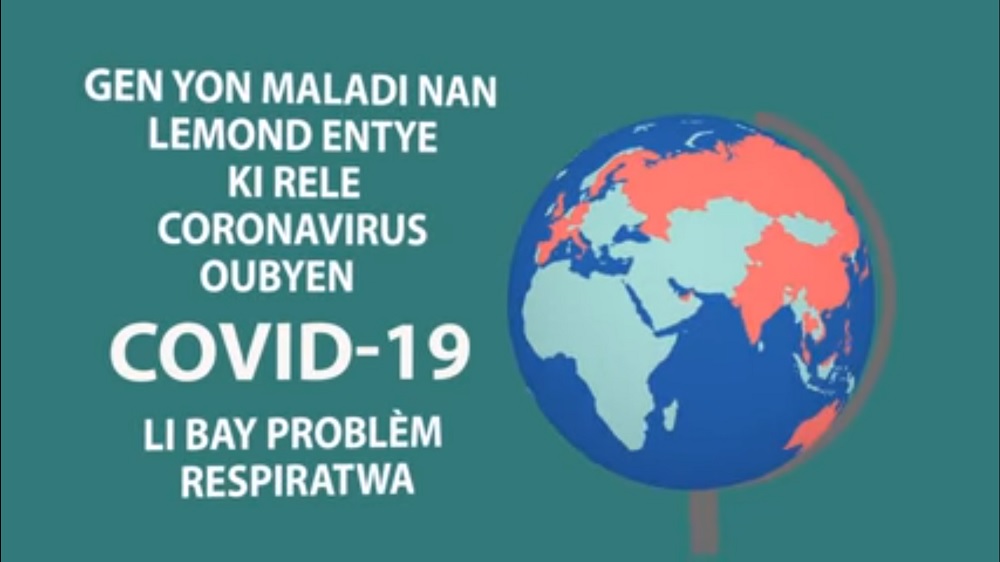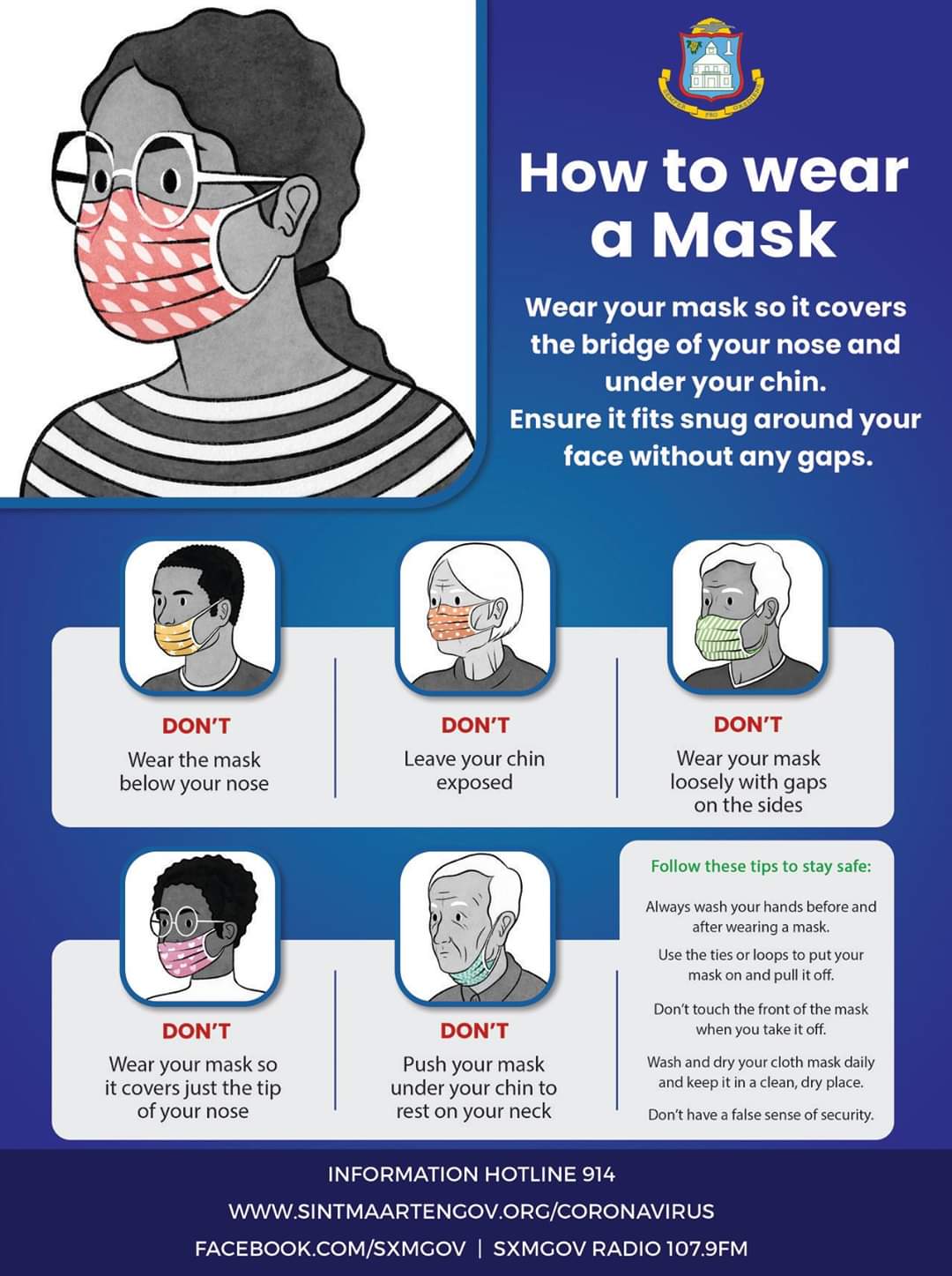ADVISE ON THE USE OF MASKS IN THE COMMUNITY IN COVID-19
Current information suggests that the two main routes of transmission of the COVID-19 virus are respiratory droplets and contact. Respiratory droplets are generated when an infected person coughs or sneezes. Any person who is in close contact (within 1 m) with someone who has respiratory symptoms (coughing, sneezing) is at risk of being exposed to potentially infective respiratory droplets.
Current evidence suggests that most disease is transmitted by symptomatic laboratory confirmed cases. The incubation period for COVID-19, which is the time between exposure to the virus and symptom onset, is on average 5-6 days, but can be as long as 14 days. During this period, also known as the ?pre-symptomatic? period, some infected persons can be contagious and therefore transmit the virus to others. This is supported by data suggesting that some people can test positive for COVID-19 from 1-3 days before they develop symptoms.
Thus, it is possible that people infected with COVID-19 could transmit the virus before symptoms develop. It is important to recognize that pre-symptomatic transmission still requires the virus to be spread via infectious droplets or through touching contaminated surfaces.
Wearing a medical mask is one of the prevention measures that can limit the spread of certain respiratory viral diseases, including COVID-19. However, the use of medical masks in the community may create a false sense of security, with neglect of other essential measures, such as hand hygiene practices and physical distancing, and may lead to touching the face under the masks and under the eyes. Other measures should also be adopted. Whether or not masks are used, maximum compliance with hand hygiene and other infection prevention control measures is critical to prevent human-to-human transmission of COVID-19.
Potential advantages of the use of masks by healthy people in the community setting include reducing potential exposure risk from infected person during the ?pre-symptomatic? period and stigmatization of individuals wearing mask for source control.
In light of the above, the use of non-medical masks (simple cloth face coverings e.g. sewn cloth face covering, bandana face covering) by healthy people in the community is recommended to slow the spread of the virus and help prevent people who may have the virus and do not know it from transmitting it to others. These coverings fashioned from household items or made at home from common materials at low cost can be used as an additional, voluntary public health measure. The following features related to cloth face coverings should be taken into consideration:
- · fit snugly but comfortably against the side of the face
- · be secured with ties or ear loops
- · include multiple layers of fabric
- · allow for breathing without restriction
- · be able to be laundered and machine dried without damage or change to shape
Health care workers, COVID-19 patients, caregivers of COVID-19 patients and symptomatic people should wear a medical mask. Medical masks are defined as surgical masks or N-95 respirators that are flat or pleated; they are affixed to the head with straps. They are tested according to a set of standardized test methods that aim to balance high filtration, adequate breathability and optionally, fluid penetration resistance. It is critical that medical masks and respirators which are in short supply, be prioritized for health care workers.
For any type of mask, appropriate use and disposal are essential to ensure that they are effective and to avoid any increase in transmission.
- · Place the mask carefully, ensuring it covers the mouth and nose, and tie it securely to minimize any gaps between the face and the mask.
- · Avoid touching the mask while wearing it.
- · Remove the mask using the appropriate technique: do not touch the front of the mask but untie it from behind.
- · After removal or whenever a used mask is inadvertently touched, clean hands using an alcohol-based hand rub or soap and water if hands are visibly dirty.
- · Replace masks as soon as they become damp with a new clean, dry mask.
- · Do not re-use single-use masks.
- · Discard single-use masks after each use and dispose of them immediately upon removal.


